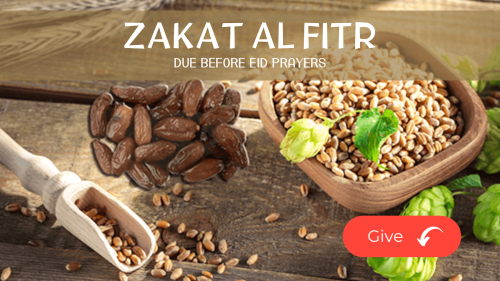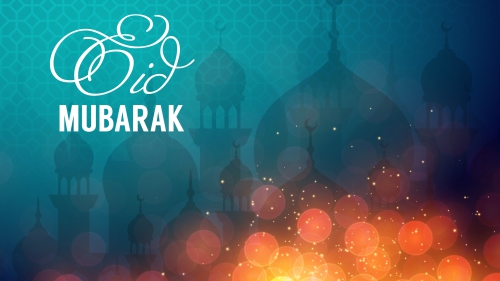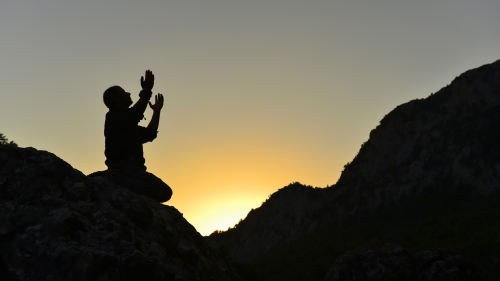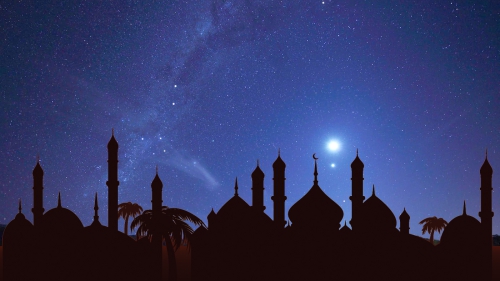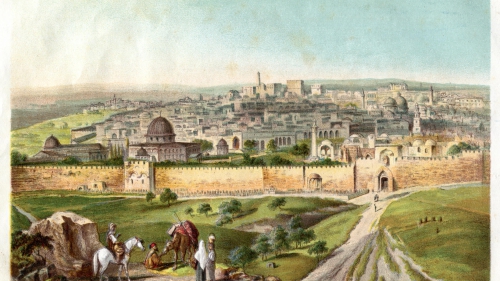Prayer in Islam

Prayer is one of the five pillars of Islam. This article explains common features of Islamic prayer, such as the call to prayer, daily timings and the direction of prayer. It also explores the linguistic, geographic and sectarian diversity of prayer in Islam.
In Islam, prayer, supplication, purification and most ritual actions are considered acts of worship (ʽibadat). The most well-known, and an obligatory, act in Islam is the performance of the five daily prayers, which in Arabic is known as salah (often written salat). In the Qur’an, the Arabic word salah means to demonstrate servitude to God by means of certain actions. The same term is used in many languages throughout contemporary Muslim-majority countries, such as in Malay and Swahili. In other languages, such as Persian, Urdu and Turkish, the term that is commonly used for the ritual prayer is namaz. However, regardless of the term used, the ritual prayer and most other worship is always performed in Arabic throughout the Muslim world and is nearly identical with only slight variations. Different terms reflect the geographical and linguistic diversity of the Muslim world, but the Arabic language unifies them.
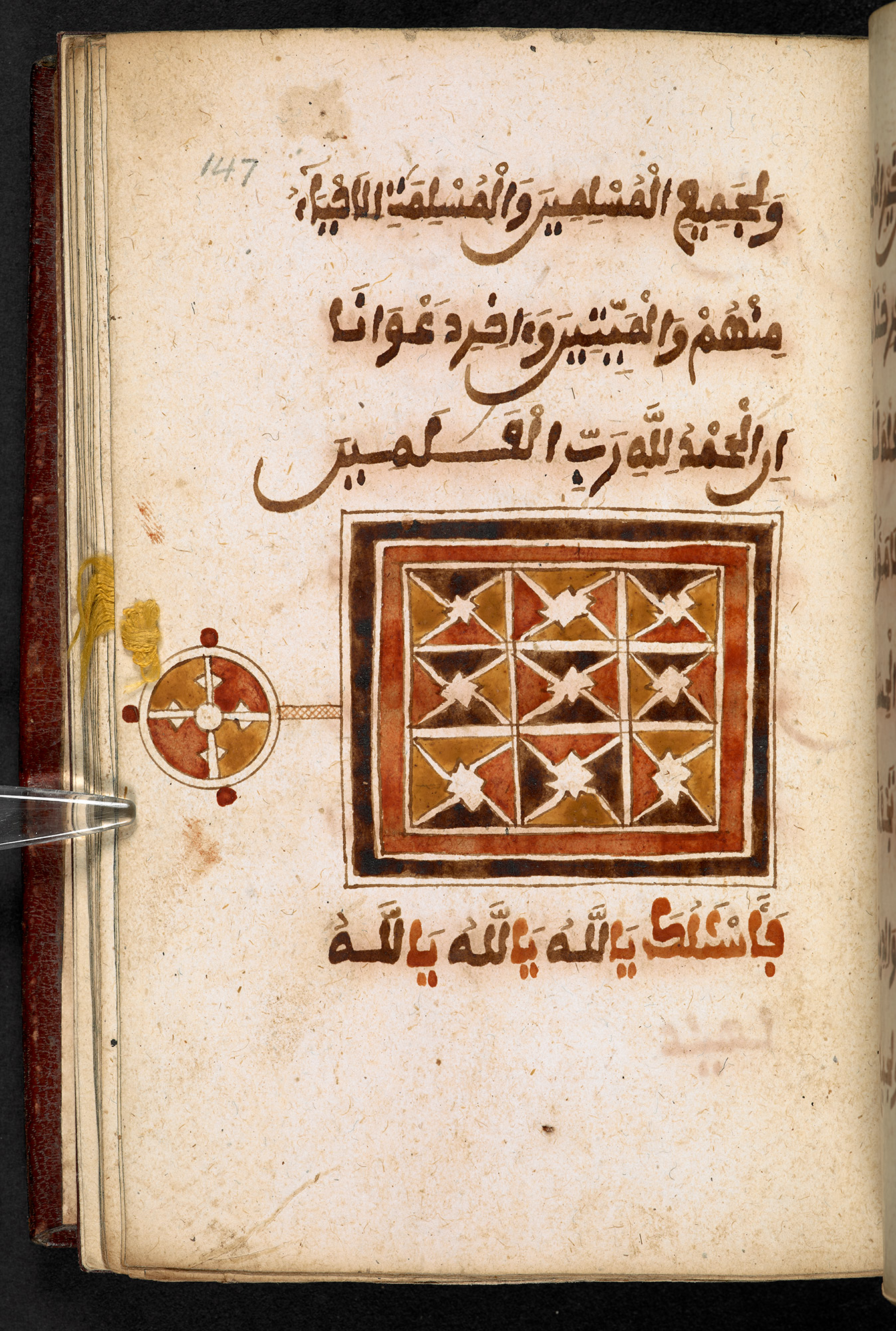
This is a finely scribed and illuminated West African copy of the Dalāʾil al-Khayrāt, a popular prayer book by the Moroccan author Muḥammad Ibn Sulaymān al-Jazūlī (photo: British Library).

‘Inilah doa talqin’, prayer to be read for the dead, from a prayer-book from Aceh, Sumatra, 19th century. If the person is buried on land, then the reader of the prayer should sit by the head of the body, but if the person has died at sea, the prayer can be recited at an appropriate location (photo: British Library).
What does ritual prayer mean in Islam?
By performing this ritual prayer five times a day, Muslims remember their Lord, express their love and respect for Him and invoke and strive to express their gratitude towards Him. The notion is that this activity brings the individual face to face with God and since it is both done in congregation and individually it also emphasises group solidarity as well as being in the presence of God. Whereas the salah is a highly structured form of prayer consisting of facing a distinctive direction, performing specific physical movements and recitations at certain times of the day, there are other prayers such as invocations, supplications and diverse Sufi acts of worship that are much more casual and informal. This article will attempt to offer the reader a general introduction to all of these forms of prayers found within the faith of Islam.
What is the adhan?
Although a Muslim may perform their ritual prayers at the prescribed times wherever he or she may be, it is seen as preferable to pray with a congregation in the mosque. For this specific reason, in the second year of the Hijrah (623–24 CE), i.e. the beginning of Islam in the 7th century, the concept of a call to prayer (adhan) was introduced by the Prophet Muhammad. This call to prayer was designed to congregate worshippers and remind them that it is time to pray. It is always recited in a loud voice by a person who is generally given the title of muezzin (muʽadhin). Originally, during the Prophet’s time, this call took place in the streets and from the rooftop of the highest houses or the mosque of Medina. Over time the mosques evolved and acquired tall towers called minarets, which are now a renowned symbol of Muslim worship. From there the muezzin used to recite the adhan five times a day; however, nowdays, it is often recited from within the mosque and broadcast by loudspeakers.
How should Muslims prepare for prayer?
In Islam the rules of cleanliness are a matter of sanctity, not just hygiene; for Muslims to perform ritual prayers it is necessary to wash away impurity through ablution. There are mainly two types of impurities according to Islamic law: najasah, which is related to material impurities whereby a person is in proximity to forbidden or unclean things such as bodily substances and alcohol, and hadath, which are personal impurities that are divided into the major and minor. Both najasah and hadath prevent a person from performing acts of worship. The najasah is removed by simply cleaning, generally with water, the impure surface or material. The minor hadath is caused by flatulence, sleeping, going to the toilet and intoxication of any kind and must be removed by performing the minor ablution called wuduʽ. This involves cleansing of the hands, the mouth, the nostrils, the face, the arms, the head, the ears and the feet in a specified way with water. The major hadath is caused by such things as seminal emission, sexual intercourse and menstruation; to deal with major hadath Muslims must perform the major ablution, which consists of a complete bath or shower called ghusl. The notion of ablution emphasises the sanctity related to both the physical and spiritual aspects of life. Once ablution has been performed, the Muslim is ready to commence the ritual prayer.
When should Muslims pray?
According to Islamic law the five ritual prayers are obligatory upon every sane and pubescent Muslim man and woman, and should be performed within their prescribed time periods. The five ritual prayers are prescribed in the Qur’an, but it is the hadiths that specify their times. It is interesting to note that the names of the ritual prayers are related to the times of the day that they are prescribed within,which are: Fajr or Subuh (dawn), Zuhr (afternoon), ʽAsr (late afternoon), Maghrib (just after sunset) and Isha (night). Each salah may be performed by the individual alone or in a group, from the beginning of its time period until the beginning of the period of the following salah, except for Fajr (dawn), which begins at daybreak. On Friday there is also an exception regarding the Zuhr (afternoon) ritual prayer. On Friday the Zuhr salah is known as Jummah, and it is obligatory for men, and recommended for women, to perform this salah with the congregation at the mosque. Nevertheless, there are legitimate reasons for why someone may miss Jummah. Historically, all of the time periods for the ritual prayers, for the whole year, were published in various calendars and almanacs. Today, they are readily accessible on the web and via numerous apps.
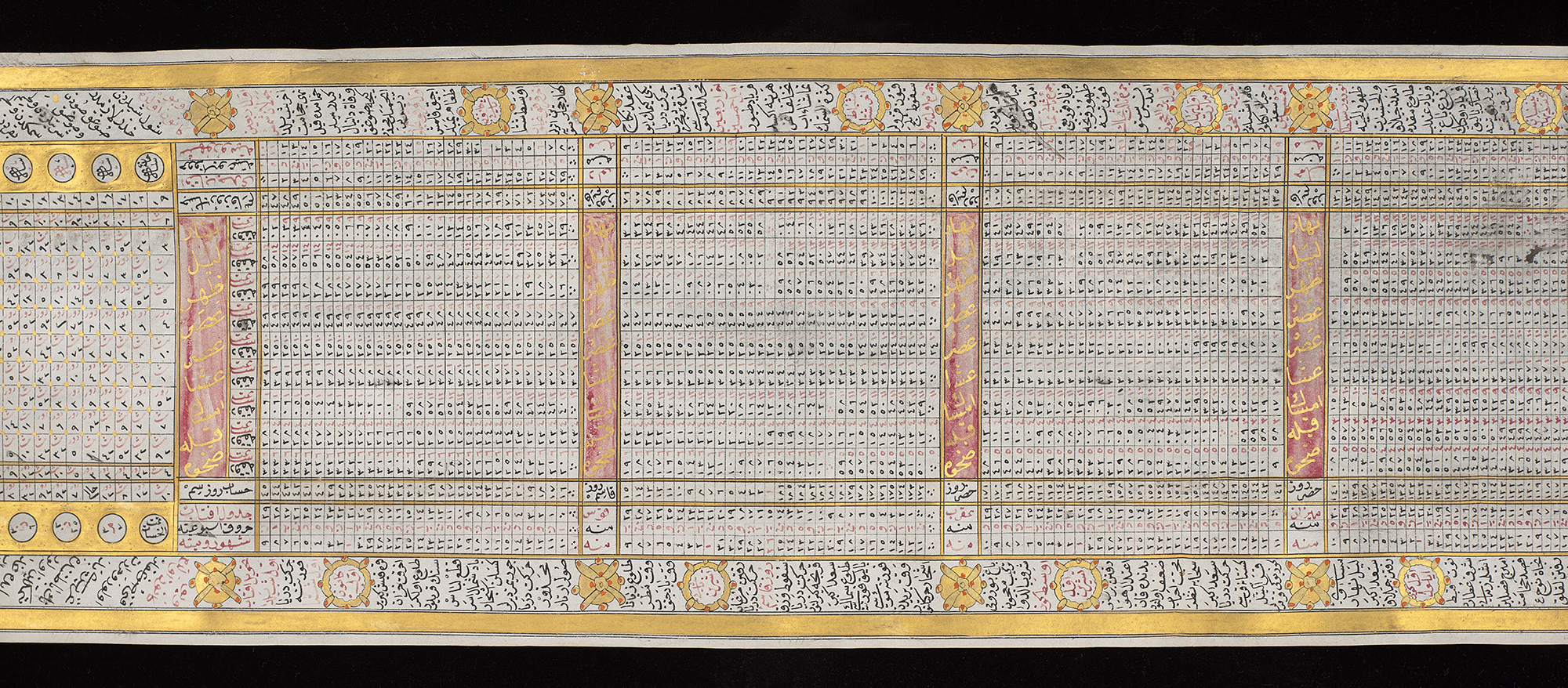
The Ruzname was probably produced in Istanbul, modern-day Turkey, in the mid-19th century. It is an almanac for the Hijri year 1225 (1810–11) and includes information about prayer times for each day of the year for the Istanbul region; the days and months of the Islamic calendar; and astrological information. It was created later than the year it refers to, and was probably intended as a souvenir rather than an actual calendar (photo: British Library).
How does the qiblah relate to prayer?
When performing the salah all Muslims are obliged to face towards the direction of the Ka‘bahin Mecca; this is commonly known as the qiblah (also spelt kiblah).
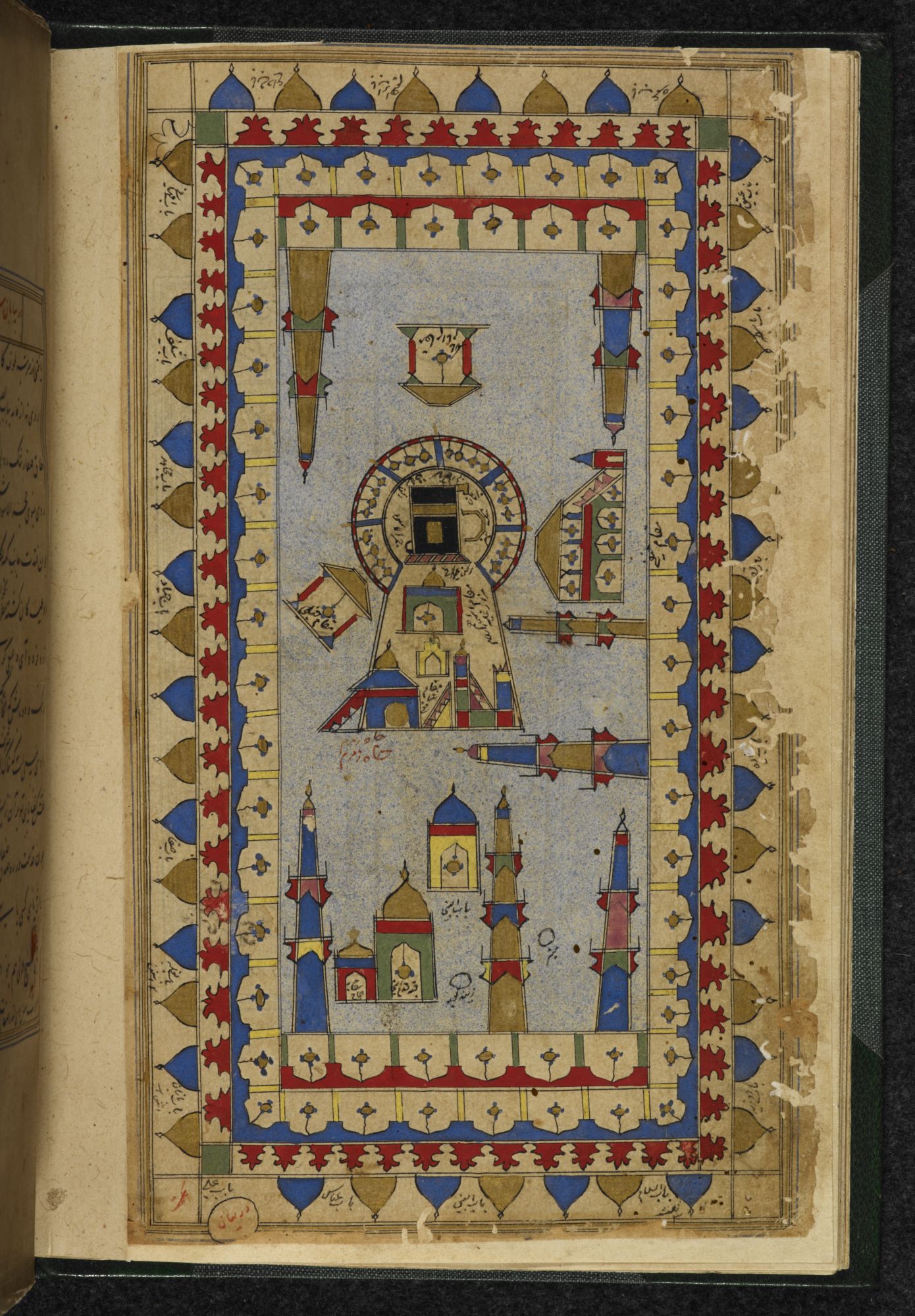
The Haram at Mecca with the Kaʻbah in the centre, from a manuscript of Futūḥ al-Ḥaramayn, a poetical description of the holy shrines of Mecca and Medina and the rites of pilgrimage by Muḥyī Lārī (photo: British Library).
All purpose-built mosques are therefore built facing the direction of Mecca with a niche (mihrab) indicating the direction of the qiblah. In the event that Muslims must perform their ritual prayers elsewhere, they use their prayer rugs in order to assure that they are praying in a clean area. In these cases they have to estimate the direction of the qiblah. Nowadays, Muslims may use a prayer compass or a qiblah app to do this. Historically, detailed qiblah tables were found published alongside works on cosmology.
How do Muslims perform and express reverence in the ritual prayer?
All of the ritual prayers in Islam consist of units or cycles (rak‘ah). The shortest ritual prayer consists of two units and the longest of four units. These units are either farḍ (obligatory) or sunnah (only recommended, but generally done). While standing and facing the qiblah the worshipper makes an intention to perform the salah; this is carried out by stating which prayer is to be performed, how many units (rak‘ah) and intending full-heartedly to perform that worship for the sake of God. If he or she is in a congregation following the imam then this is also specified in the intention. The intention may be articulated in any language but the rest of the prayer must be performed in Arabic. Straight after the intention, the worshipper raises his or her hands beside their head while saying Allahu Akbar ('God is the most great'). The worshipper lowers his or her hands and puts their right hand over the left hand at either the level of the chest or the navel.
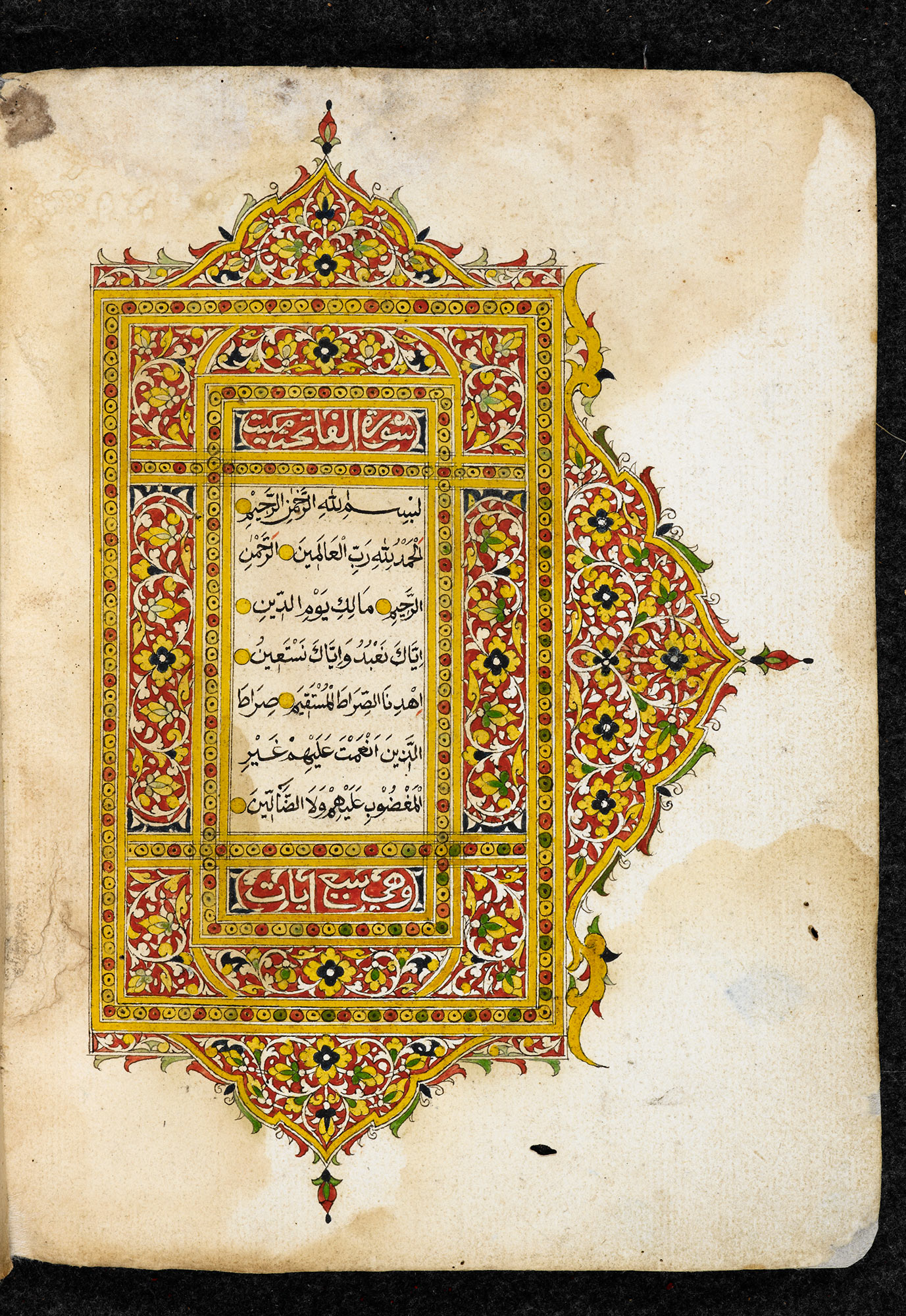
19th-century Qur'an from the East Coast of the Malay Peninsula (photo: British Library).
This is followed by further words of praise to God, the recitation of al-Fatihah (the first chapter of the Qur’an) and another section of her or his choice from the Qur’an. The rest of the prayer is concluded with various prescribed movements such as bows, prostrations and sitting. The whole ritual prayer ends with the worshipper first turning his head to the right and then to the left, saying ‘peace be upon you and the mercy of God’.
How is the Friday congregational prayer different?
The Friday ritual prayer (Jummah) is performed during the afternoon instead of the normal afternoon prayer, behind an imam in a congregation; it also includes a sermon (khutbah). The khutbah normally consists of quotations from the Qur’an and the Prophet, the praising of God, supplication for the Prophet and his ummah (Muslims) and normally a topic relating to Islam. Once the sermon is completed the two farḍ rak‘ah are performed behind the imam. In Islam, Friday is not commonly recognised by Muslims as a resting day like the Sabbath is in Christianity and Judaism, and in most cases once the Jummah prayer is completed the usual business of the day is resumed.
In what other ways do Muslims reflect on God through worship?
At the end of a prayer the invocation (dua’) is read, following Prophetic tradition (Sunnah). The dua’ consists of raising one’s hands, praising God, sending blessings upon the Prophet(s) and then supplicating and asking God for whatever is required; it is traditional to end the invocation by wiping the face with both hands. Many of the supplications are recorded Prophetic supplications, but the dua’ is not restricted to only Prophetic supplications. The dua’ may also be said at any time (not just as a conclusion to prayer) and ablution is not a requirement. The same applies to the tasbih, which is a form of dhikr (remembrance of God) at any time; it generally consists of repeating the names of God and phrases that praise and exalt God. The reciting of this is traditionally carried out on prayer beads that commonly consist of ninety-nine beads which represent the ninety-nine names of God. These beads are also known as tasbih or misbaha. Based upon Sunnah, it is common for Muslims to repeat thirty-three times three separate praises and exaltations of God on a prayer bead after the completion of the ritual prayer.
Diversity of practice
Although the ritual prayers with ablution, supplication and tasbih are the general structure of a Muslim’s worship, there are also other types of prayers, mostly connected with Sufism. Most Sufis, both individually and in gatherings, use the prayer bead (misbaha) to recite litanies (wird), invocations and other remembrances of God (dhikr). In fact, the praising of the Prophet Muhammad and sending peace and blessings upon him, which is also a part of the salah, dua’and the Friday sermon, was further developed by Sufi mystics throughout Islamic history.
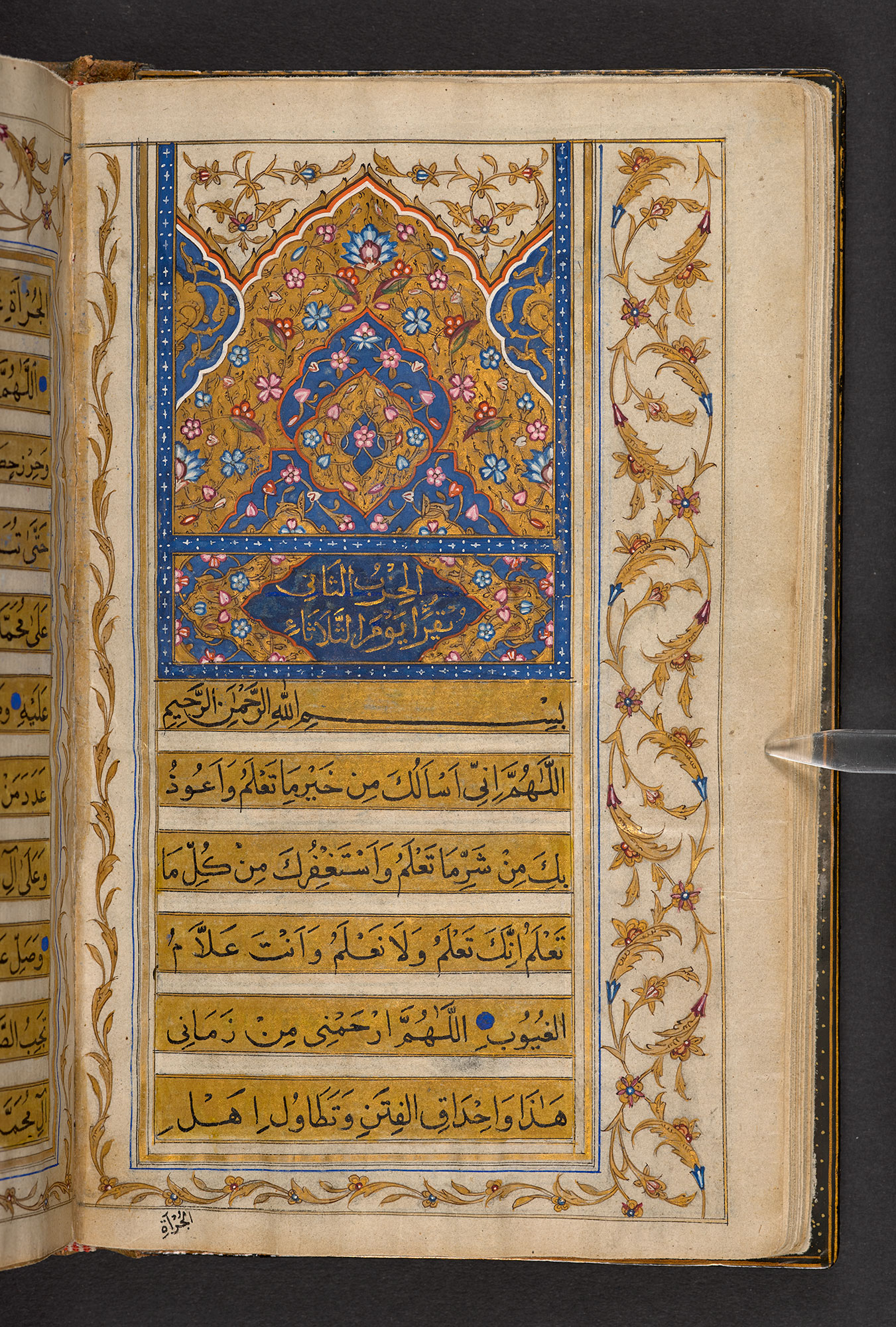
A devotional prayer-book, Dala’il al-khayrat (Guide to Goodness), a compilation of blessings on the Prophet. Featured here are prayers to be recited on Tuesdays and Wednesdays, respectively (photo: British Library).
The Dala’il al-khayrat ('Guide to Goodness') is a compilation of such prayers and litanies of peace and blessings upon the Prophet. Other works such as the book Mawlid sharaf al-anam('The Birth of the Noblest of Mankind') celebrate the nativity of the Prophet Muhammad and praise him as the final Messenger of God.
Amjad M. Hussain is an Associate Professor in the Faculty of Divinity at Marmara University, Istanbul, Turkey. Previous to this post, Hussain worked as a Lecturer in Religious Studies at Trinity University College, Carmarthen and later as a Senior Lecturer in Islamic Studies at Trinity Saint David, University of Wales. His published works include, A Social History of Education in the Muslim World: From the Prophetic Era to Ottoman Times (2013), The Study of Religions: An Introduction (2015), The Muslim Creed: A Contemporary Theological Study (2016) and Islam for New Muslims: An Educational Guide (2018).
( Source: Republished under the Creative Commons License from the British Library ).
Topics: Dua (Supplication), History, Prayers (Salah), Worship (Ibadah)
Views: 9580
Related Suggestions












